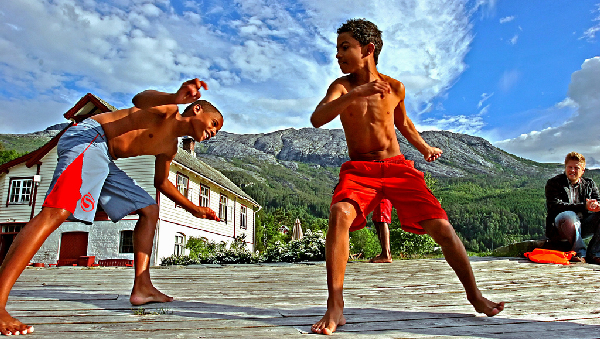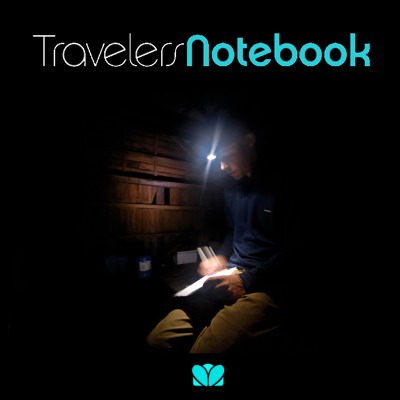
Brazilian boys dancing Capoeira in Norway. Photo: Children At Risk Foundation – CARF. Great podcasts opens windows to people’s lives through audio. What if you could hear these children’s voices, the music they are dancing to?
Successful podcasts are personal, entertaining, informative and engaging. Are yours? Here are some things to think about:


